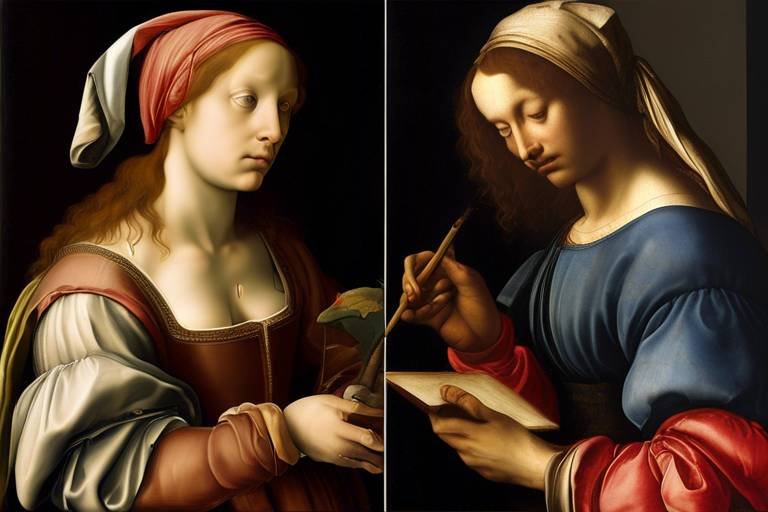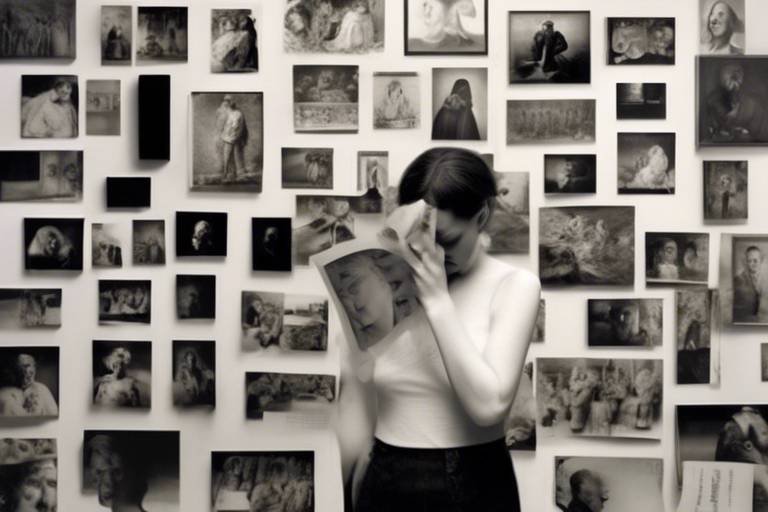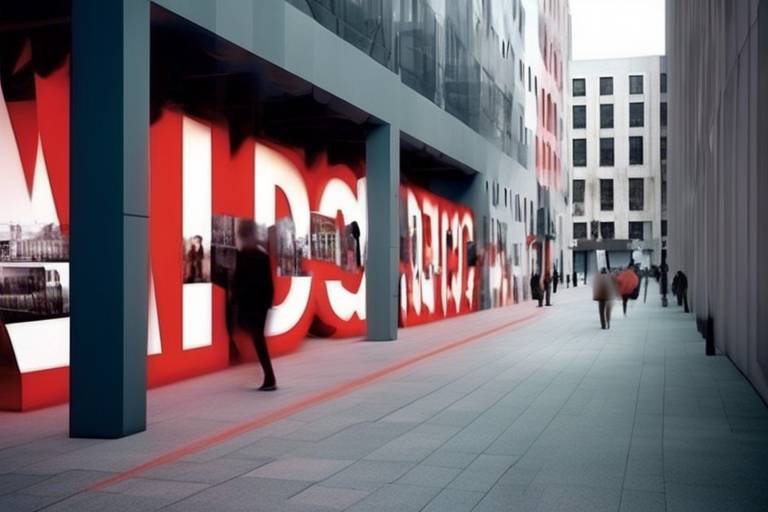The Aesthetic Principles of Art in Ancient Rome
Art in Ancient Rome was not merely a visual representation but a reflection of the society's values, beliefs, and aesthetics. The aesthetic principles that governed Roman art were deeply rooted in themes of beauty, symmetry, realism, and symbolism, shaping the artistic landscape of the time. From the grandeur of architectural marvels to the intricate details of mosaics and sculptures, each artistic form carried a unique essence that defined the visual culture of Ancient Rome.
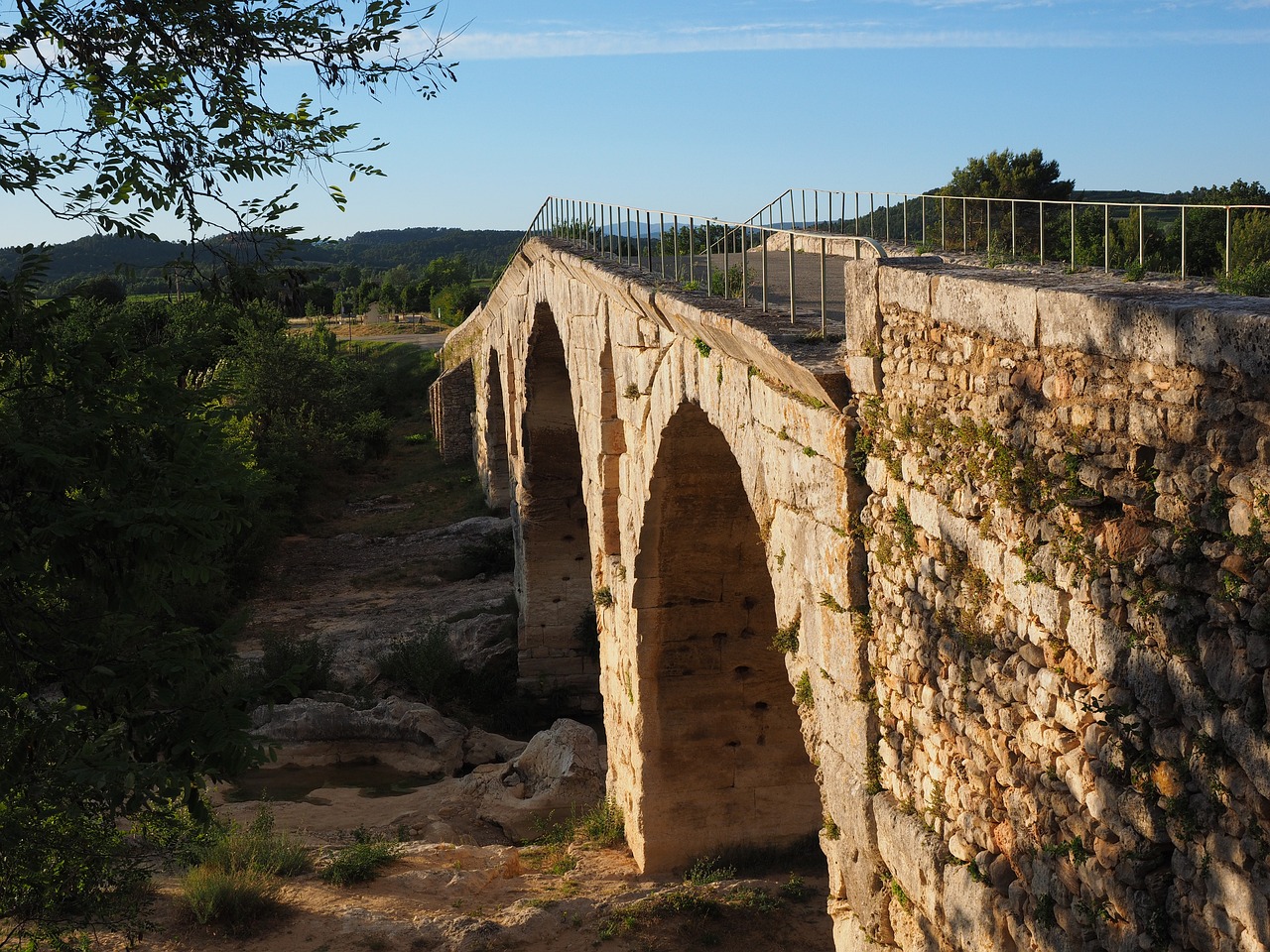
Symbolism in Roman Art
Symbolism played a significant role in Roman art, serving as a powerful tool for conveying deeper meanings and messages beyond the surface imagery. Artists in Ancient Rome skillfully employed symbols and allegorical representations in their works to communicate cultural, religious, and societal values prevalent during that era. These symbols often carried rich symbolism, drawing from mythology, history, and daily life to create a visual language that resonated with the viewers.

Realism in Roman Sculpture
When we delve into the world of Roman sculpture, one cannot help but be mesmerized by the incredible emphasis on realism and naturalism that defines this art form. The sculptors of Ancient Rome possessed a remarkable ability to capture the intricacies of human anatomy, emotions, and expressions with unparalleled precision and detail. Each sculpture tells a story, not just of the subject portrayed, but of the skill and artistry of the sculptor behind it.
The dedication to realism in Roman sculpture was not merely about replicating physical features accurately but also about infusing the sculptures with life and vitality. The lifelike quality of Roman statues is striking, as they seem ready to step out of the stone and into the world, bridging the gap between art and reality.
One of the most famous examples of Roman realism in sculpture is the iconic statue of Augustus of Prima Porta. This marble masterpiece not only captures the likeness of the Roman Emperor but also conveys his power, authority, and divine status through intricate details and symbolic elements.
Moreover, Roman sculptors excelled in portraying a wide range of emotions and expressions in their works, from joy and triumph to sorrow and contemplation. The ability to evoke such raw and genuine emotions in stone is a testament to the skill and craftsmanship of these ancient artists.
Through their commitment to realism, Roman sculptors not only immortalized their subjects but also created timeless masterpieces that continue to captivate and inspire us today. The legacy of Roman sculpture serves as a testament to the enduring power of art to transcend time and connect us to the past in a tangible and profound way.

Architectural Beauty in Roman Buildings
Architectural beauty in Roman buildings exemplifies the epitome of grandeur and elegance, transcending mere structures to become timeless works of art. The Romans were master architects, meticulously crafting edifices that not only served functional purposes but also stood as testaments to their ingenuity and aesthetic sensibilities.
The Colosseum, an iconic symbol of Roman engineering prowess, is a prime example of architectural magnificence. Its massive amphitheater, with its intricate system of arches and columns, showcases the principles of proportion and balance in perfect harmony. The sheer scale and symmetry of the Colosseum evoke a sense of awe and wonder, drawing visitors into a world where entertainment and architectural splendor converge.
Similarly, the Pantheon, with its majestic dome and oculus, epitomizes the fusion of beauty and utility in Roman architecture. The precision of its design, the interplay of light and shadow, and the sense of monumentality all contribute to its enduring appeal. Walking through the Pantheon is like stepping into a sacred space where the divine meets the earthly, creating a transcendent experience for all who enter.
Moreover, Roman buildings often incorporated intricate decorative elements, such as friezes, sculptures, and frescoes, adding layers of visual richness to their architectural beauty. These embellishments served not only as adornments but also as expressions of cultural identity and artistic prowess, showcasing the Romans' dedication to craftsmanship and detail.
In conclusion, the architectural beauty of Roman buildings transcends mere construction to become masterpieces of art and engineering. The legacy of Roman architecture continues to inspire awe and admiration, reminding us of the enduring power of beauty and creativity in shaping the built environment.
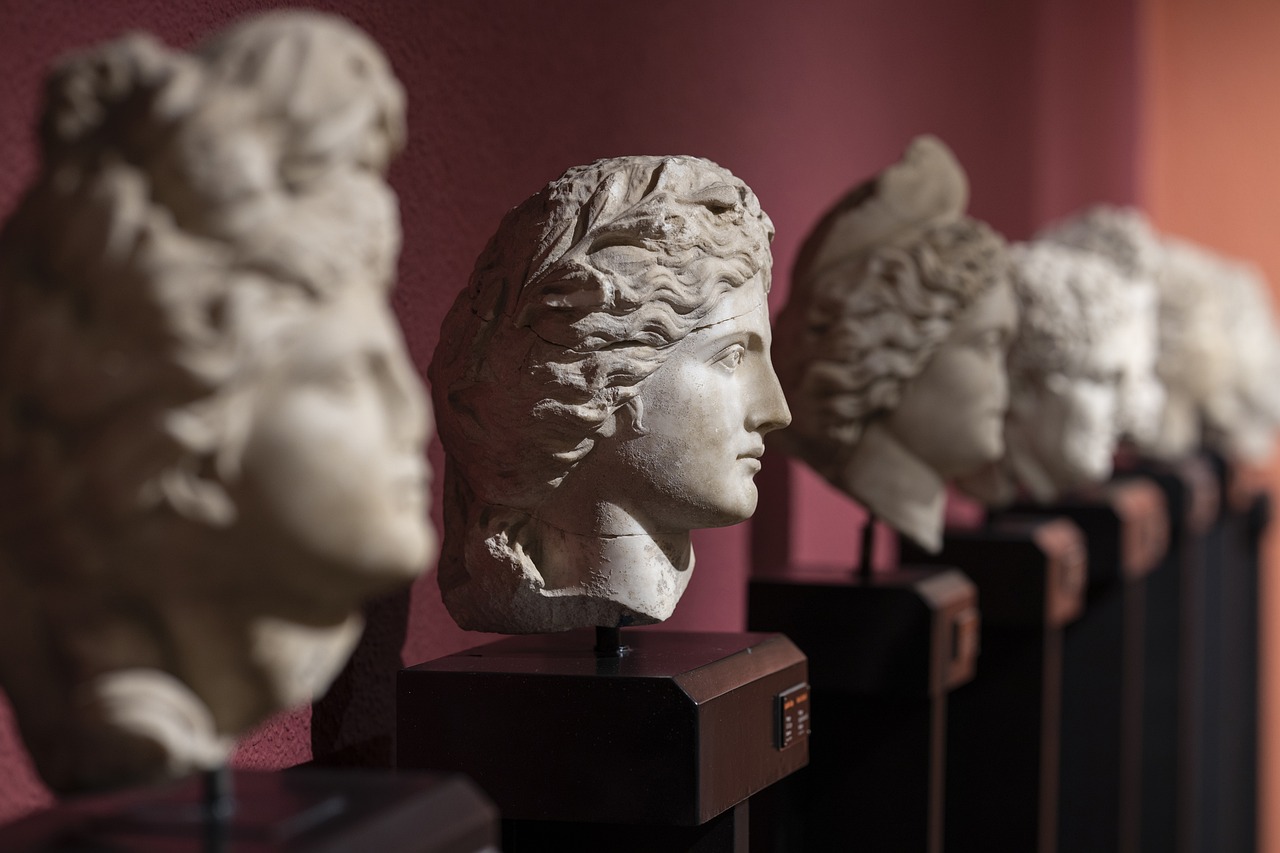
Color and Design in Roman Mosaics
Color and design played a pivotal role in the creation of Roman mosaics, showcasing the artistic finesse and attention to detail of ancient Roman craftsmen. These intricate artworks, composed of small colored stones or tiles called tesserae, adorned the floors and walls of prestigious Roman villas, public buildings, and temples. The vibrant hues and intricate patterns used in Roman mosaics not only added visual appeal but also conveyed symbolic meanings and narratives.
The color palette of Roman mosaics was rich and diverse, ranging from earthy tones of red, yellow, and green to bold shades of blue, black, and white. Each color was carefully selected to evoke specific emotions or represent various elements such as nature, mythology, or daily life. The meticulous arrangement of tesserae allowed artists to create elaborate designs, geometric motifs, and realistic depictions of landscapes, animals, and human figures.
One remarkable aspect of Roman mosaics was their ability to transform ordinary spaces into vibrant works of art, enhancing the aesthetic appeal of architectural interiors. The intricate designs and intricate patterns of Roman mosaics not only served decorative purposes but also reflected the social status and cultural sophistication of their patrons. The meticulous craftsmanship and attention to detail in Roman mosaics exemplified the artistic mastery of ancient Roman artisans.
The design motifs found in Roman mosaics were diverse and eclectic, drawing inspiration from various sources such as Greek mythology, Roman history, and everyday life. Mythological scenes featuring gods, goddesses, and mythical creatures were popular subjects, symbolizing beliefs, values, and cultural heritage. Geometric patterns, floral motifs, and abstract designs were also prevalent, showcasing the artistic versatility and creativity of Roman mosaic artists.
Moreover, the use of tesserae of different shapes, sizes, and colors allowed for intricate shading, perspective, and depth in Roman mosaics, creating a sense of three-dimensionality and visual illusion. The skillful manipulation of light and shadow through the arrangement of tesserae added a dynamic and lifelike quality to the mosaic compositions, captivating viewers with their optical effects and artistic brilliance.
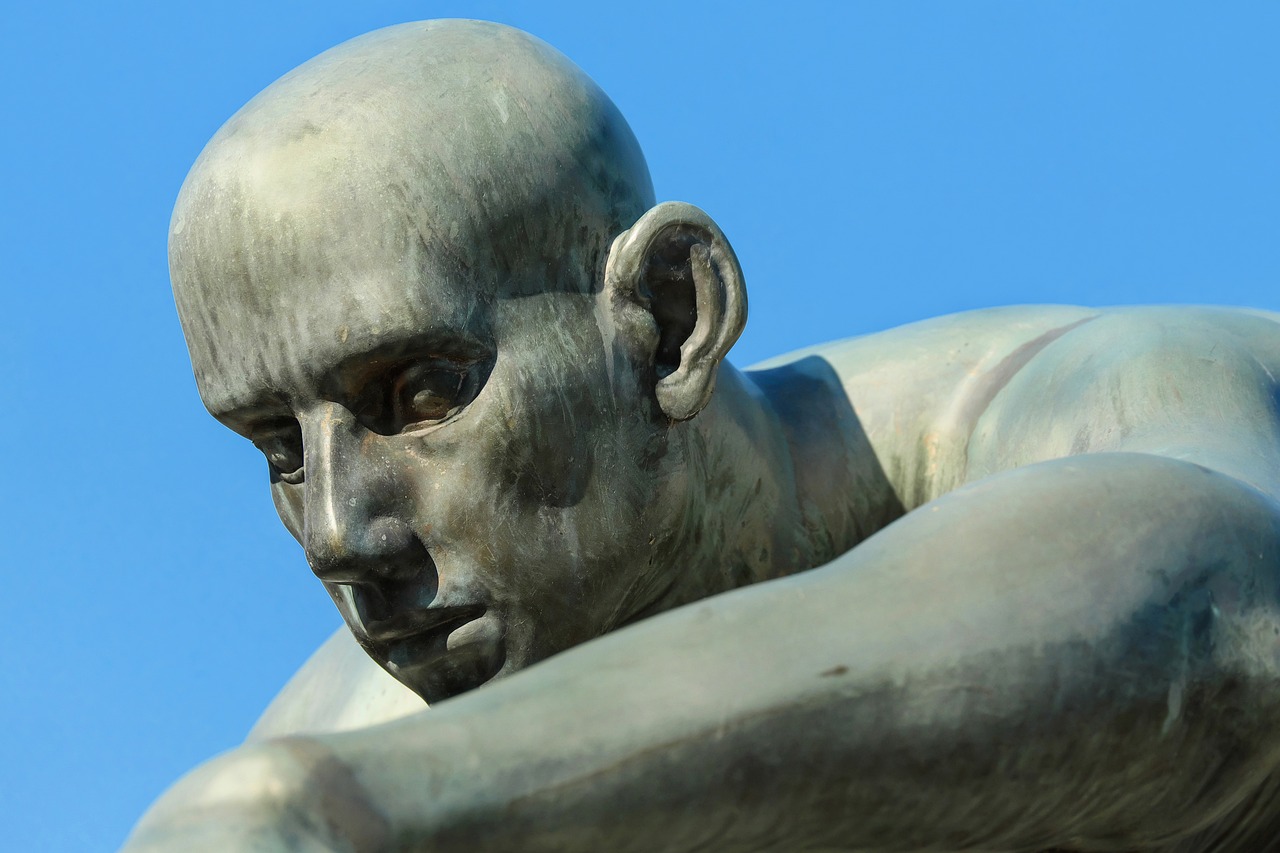
Portraiture and Ideal Beauty
Portraiture in Ancient Roman art was not merely a representation of physical likeness but a reflection of the idealized beauty and nobility revered in Roman society. Roman portraiture aimed to capture not only the features of individuals but also their character, status, and virtues. Sculptors and painters meticulously crafted portraits to embody the cultural standards of perfection and dignity, portraying subjects in a way that emphasized their idealized traits.
One of the key aspects of Roman portraiture was the emphasis on physiognomy, the belief that a person's character could be discerned from their facial features. This led to the creation of portraits that not only depicted physical appearance but also conveyed the inner qualities and virtues of the subject. Roman artists skillfully used facial expressions, hairstyles, and clothing to communicate the social status, wisdom, and authority of the individuals portrayed.
Portraits in Roman art served not only as representations of individuals but also as symbols of power, lineage, and prestige. Emperors, statesmen, and nobles were often depicted in a way that highlighted their idealized features, projecting an image of strength, wisdom, and leadership. These portraits were not just realistic renderings but rather idealized interpretations that aimed to immortalize the virtues and achievements of the subjects.
Furthermore, Roman portraiture was deeply rooted in the tradition of ancestor veneration, where portraits of deceased family members were displayed in homes and public spaces as a way to honor and remember them. These ancestral portraits were created with great care and attention to detail, capturing the essence of the individuals and preserving their memory for future generations.
In conclusion, Roman portraiture exemplified the ideals of beauty, virtue, and nobility that were highly valued in ancient Roman society. Through meticulous craftsmanship and attention to detail, Roman artists created portraits that not only captured the physical likeness of individuals but also conveyed their inner qualities and social status. Portraits served as powerful symbols of identity, prestige, and remembrance, reflecting the cultural values and beliefs of the Roman world.
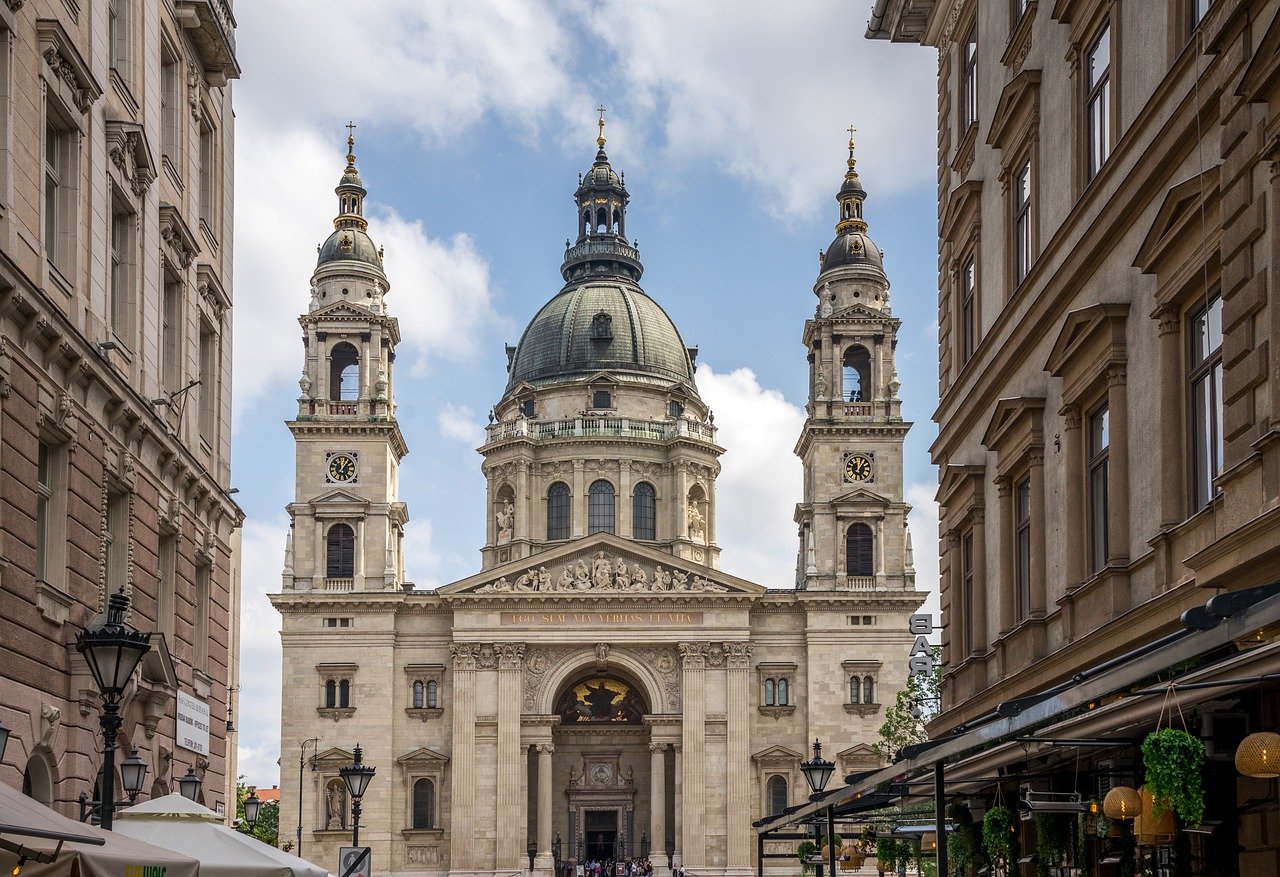
Mythological Themes in Roman Frescoes
Mythological themes played a significant role in Roman frescoes, serving as a visual medium to depict stories from Roman mythology with artistic flair. These frescoes adorned the walls and ceilings of Roman buildings, bringing to life tales of gods, goddesses, and mythical creatures in vibrant colors and intricate details. The intricate brushwork and elaborate compositions in these frescoes showcased the skill and creativity of Roman artists in capturing the essence of mythical narratives.
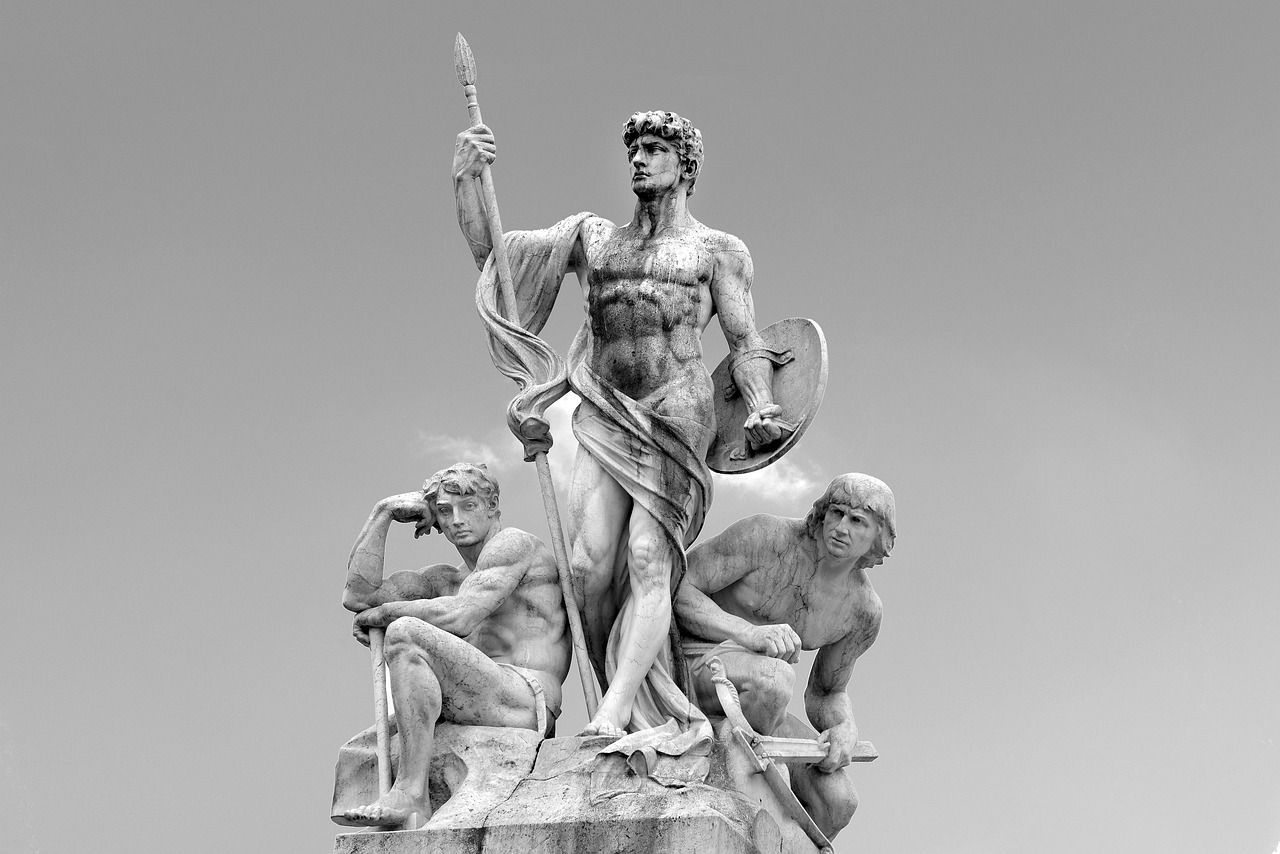
Landscapes and Nature in Roman Art
When we delve into the world of Roman art, we not only encounter grand monuments and exquisite sculptures but also vibrant depictions of landscapes and nature that bring a sense of life and vitality to the artistic realm. Romans had a profound appreciation for the beauty of the natural world, which is evident in the way they incorporated landscapes, flora, and fauna into their artistic expressions.
Imagine walking through a Roman villa adorned with frescoes depicting lush gardens, cascading waterfalls, and serene countryside scenes. These artworks not only served as decorative elements but also as a window into the Roman fascination with the harmony between man and nature. The intricate details of flowers, trees, and wildlife in these artworks showcase the Romans' keen observation of the natural world.
One of the most remarkable aspects of Roman art is the way in which nature was integrated into various art forms. From intricate mosaics depicting pastoral scenes to detailed reliefs showcasing hunting expeditions in the countryside, nature played a central role in Roman artistic narratives. These depictions not only celebrated the beauty of the landscape but also reflected the Romans' connection to the land and their agrarian lifestyle.
Furthermore, the representation of nature in Roman art was not limited to realistic depictions but also extended to symbolic interpretations. For example, the use of specific plants and animals in artworks often carried symbolic meanings related to fertility, abundance, or even spiritual beliefs. This symbolic language added layers of depth and complexity to Roman artistic creations, inviting viewers to contemplate the deeper significance behind the natural motifs.
Overall, the inclusion of landscapes and nature in Roman art served not only as a reflection of the physical world but also as a means of exploring philosophical and spiritual concepts. Through the vibrant depictions of flora, fauna, and idyllic landscapes, Roman artists captured the essence of the natural world and infused their artworks with a sense of beauty, harmony, and reverence for the wonders of nature.

Religious Symbolism in Roman Art
Religious symbolism played a significant role in Roman art, reflecting the deep spiritual beliefs and practices of the ancient Romans. Artworks were infused with symbols representing various gods, goddesses, and religious rituals, serving as visual expressions of the Roman religious worldview. These symbols were not merely decorative but held profound meanings that connected the physical world with the divine realm.
One prominent example of religious symbolism in Roman art is the use of specific animals to represent deities. For instance, eagles symbolized Jupiter, the king of the gods, while doves were associated with Venus, the goddess of love and beauty. These symbolic representations allowed worshippers to easily identify and connect with their respective gods in religious contexts.
Moreover, Roman art often depicted mythological scenes and narratives that held religious significance. These mythological stories were not only entertaining but also served as educational tools to impart moral lessons and teachings about the gods. Artists skillfully incorporated these myths into their artworks, creating visually captivating pieces that served both artistic and religious purposes.
Additionally, religious symbols such as the laurel wreath, symbolic of victory and triumph, were commonly used in Roman art to honor deities and commemorate important events. The intricate designs and careful placement of these symbols in sculptures, paintings, and mosaics showcased the reverence and devotion of the Romans towards their gods.
Furthermore, temples and religious buildings in Ancient Rome were adorned with intricate carvings, frescoes, and statues depicting religious motifs and symbols. These artistic embellishments not only beautified the sacred spaces but also served as visual reminders of the divine presence and the importance of religious rituals in Roman society.
In conclusion, religious symbolism permeated every aspect of Roman art, reflecting the spiritual beliefs and practices of the ancient civilization. The intricate use of symbols, mythological narratives, and religious motifs in artworks provided a glimpse into the rich tapestry of Roman religious life and the profound connection between art and spirituality in the ancient world.
Frequently Asked Questions
- What were the main artistic values in Ancient Roman art?
The main artistic values in Ancient Roman art included beauty, symmetry, realism, and symbolism. These principles were integral to the visual culture of Ancient Rome, influencing various art forms and architectural designs.
- How did Roman artists use symbolism in their artwork?
Roman artists used symbolism to convey deeper meanings and messages in their artwork. Symbols and allegorical representations were employed to reflect cultural and societal values, adding layers of significance to the visual narratives.
- What is the significance of realism in Roman sculpture?
Realism in Roman sculpture was significant as it showcased the mastery of artists in capturing human anatomy, emotions, and expressions with precision. This emphasis on naturalism reflected the artistic skill and attention to detail prevalent in Roman sculptural works.
- What architectural principles defined Roman buildings?
Roman buildings were defined by architectural principles of proportion, balance, and grandeur. Structures like the Colosseum and Pantheon exemplified the aesthetic values of Ancient Rome, showcasing architectural marvels that stood the test of time.
- How did Roman artists incorporate color and design in mosaics?
Roman artists incorporated color, pattern, and design in mosaics to create intricate and visually stunning artworks. These mosaics depicted a range of themes, from mythological scenes to everyday life, showcasing the artistic finesse of Roman craftsmen.
- What characterized the portrayal of ideal beauty in Roman portraiture?
The portrayal of ideal beauty in Roman portraiture reflected cultural standards of perfection and nobility. Artists aimed to capture the essence of idealized physiognomy, embodying the cultural ideals of beauty prevalent in Roman society.






